Canker is a disease condition that affect the bar, sole, and frogs of a horse hoof. Canker in horses is a chronic hypertrophic moist pododermatitis as a result of infection of the stratum germinativum. The nature of the infection is not fully understood and although a number of bacteria have been identified in clinical cases none has been confirmed as the causal agent.
Causes of Canker in Horses
The infection causes the production of rapidly growing, friable, filamentous fronds of the horn. Cankers usually start in the frog region but, if it is not recognized or is left untreated, it can spread to involve the sole and wall. Most commonly it occurs in the hind feet.
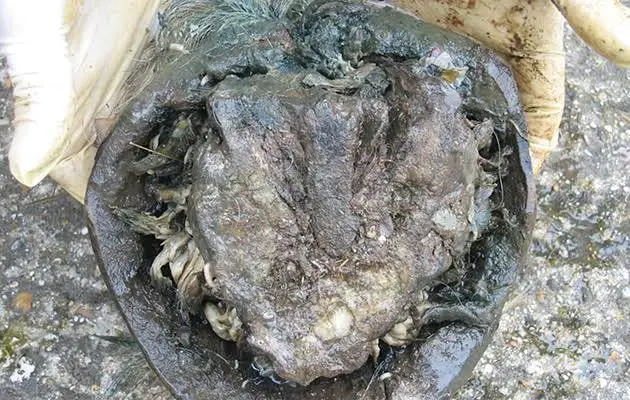
The condition is predisposed to by unhygienic stable conditions and poor foot care, but it can occur in clean well-managed stables. A common predisposing factor is prolonged exposure to moisture. This condition is reported as being rare, however, isolated cases do occur and the incidence appears to be increasing.
Clinical Signs of Canker
Lameness may not be present in the early stages of the disease but it soon develops and may become quite severe and is accompanied by swelling of the lower limb. Initially, the frog may appear normal but on closer examination, there is a crust over its surface which is loose and friable and easily splits with slight pressure. Beneath the crust, the swollen corium is covered in soft, moist, creamy/white, filamentous fronds of the horn with a cheesy, foul-smelling exudate.
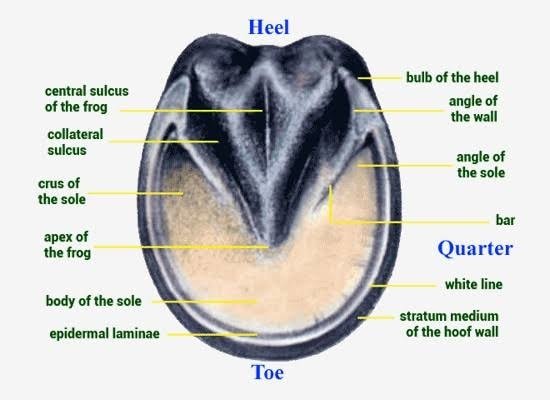
Diagnosis of Canker in Horses
Diagnosis is based on the typical clinical signs and can be confirmed histologically by the infected tissue inflammation, hypertrophy, dyskeratosis, and necrosis. Canker may be confused with other horse hoof diseases.
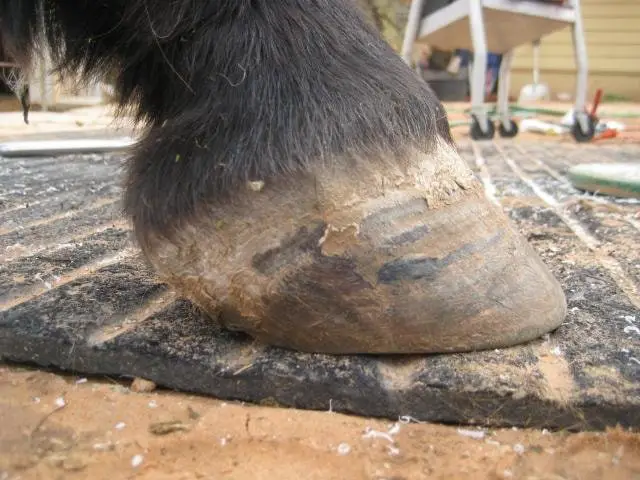
Treatment Strategy of Canker
Once established canker is a very difficult condition to treat successfully. Treatment involves the removal of all the infected horns. This is best done under general anesthesia with a tourniquet applied to the limb. An area of the normal horn should also be removed around the edges of the affected area to ensure no infected material remains. Care should be taken not to remove or damage too much of the underlying normal corium as this can result in permanent hoof deformities.
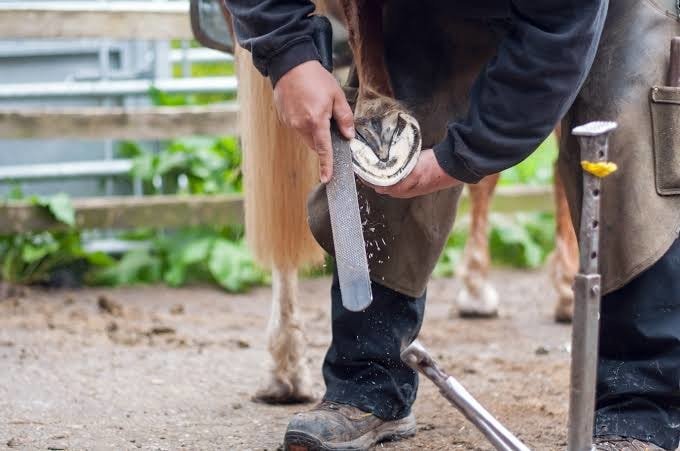
Postoperative care is also important. The debrided area should be packed with a non-caustic antiseptic and astringent agent, such as “sugardine” (povidone/sugar combination). Using dry, sterile, waterproof dressings, the foot should then be bandaged so that pressure is applied to the wound. Dressing and packing should be changed daily. Tetanus antitoxin and systemic antibiotic therapy should be given, eg procaine penicillin at 15 mg/kg b.i.d. for at least 10 days.
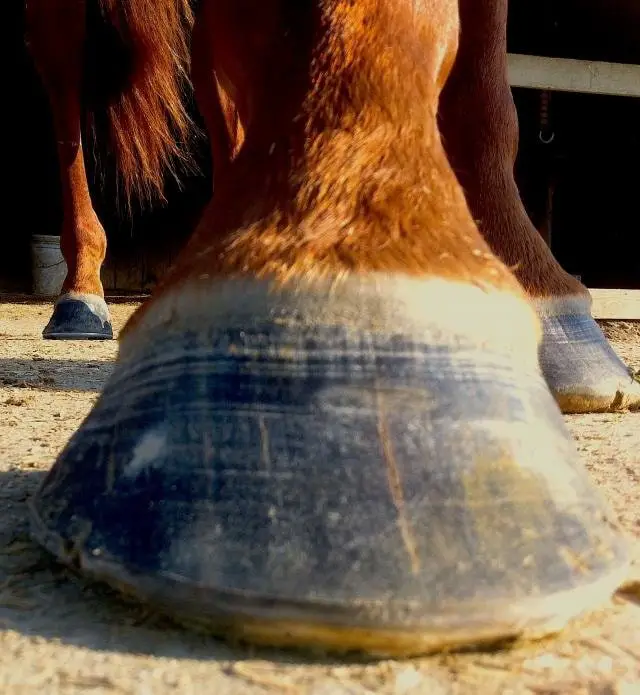
Despite great hoof care being taken in the debridement and postoperative care of this condition, recurrence is common and will usually be apparent within 3-7 days. Repeated debridement may be necessary before the canker can be controlled. Healing tends to be prolonged. NSAIDs should be administered to try and encourage weight-bearing. The prognosis is good if the condition is not too wide but it is important to preserve with treatment. Prognosis is guarded if the condition is widespread and longstanding.